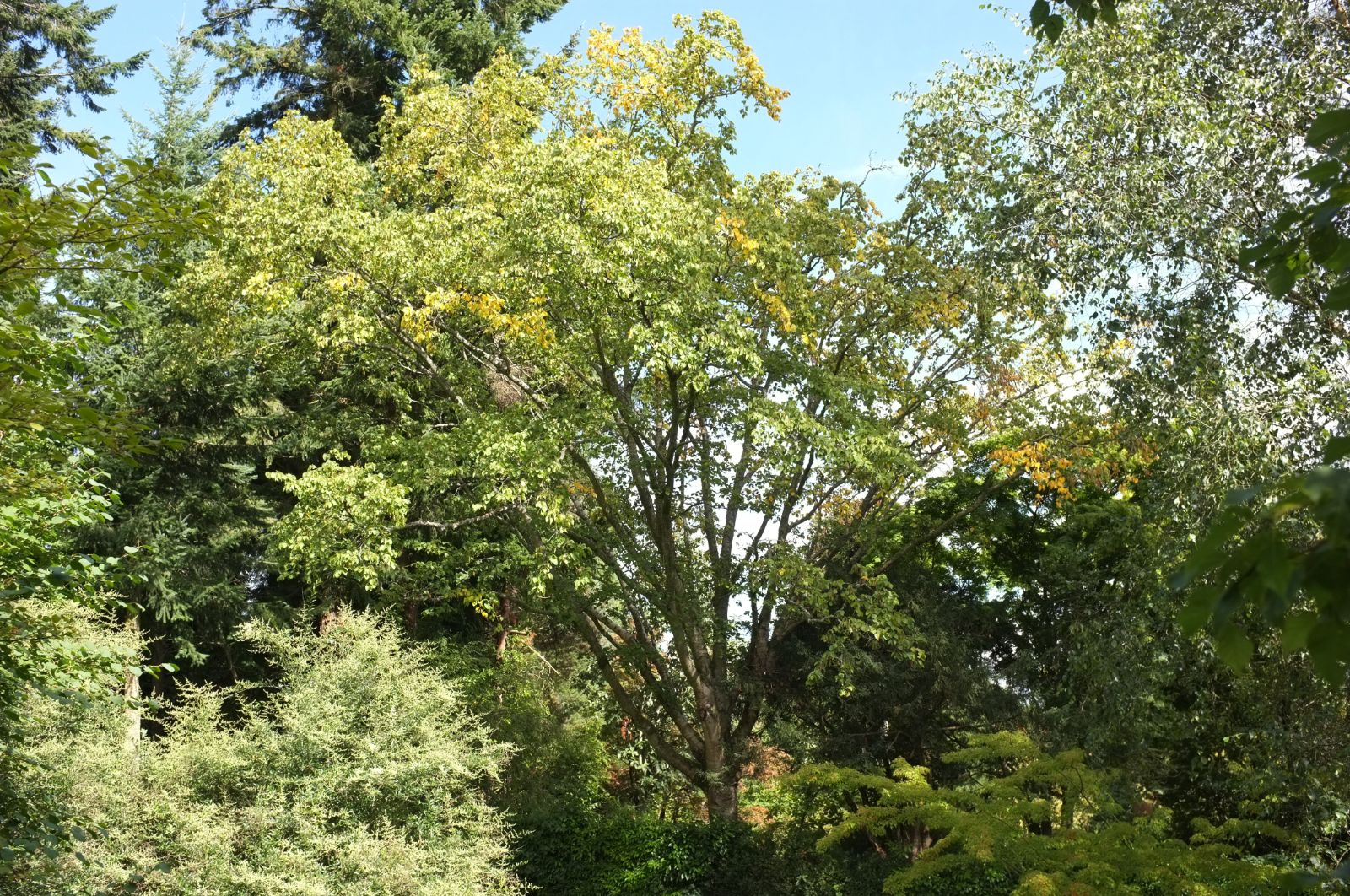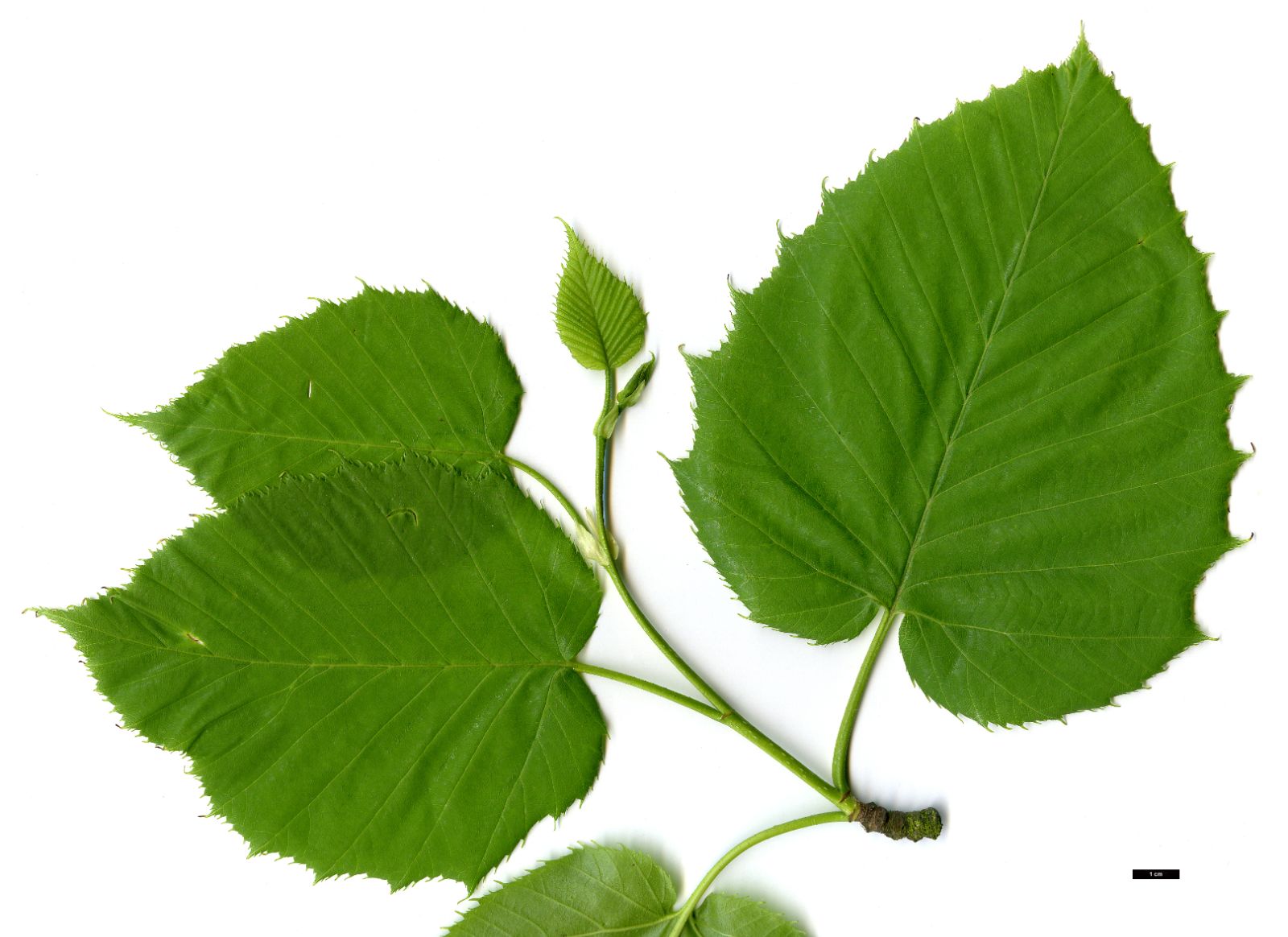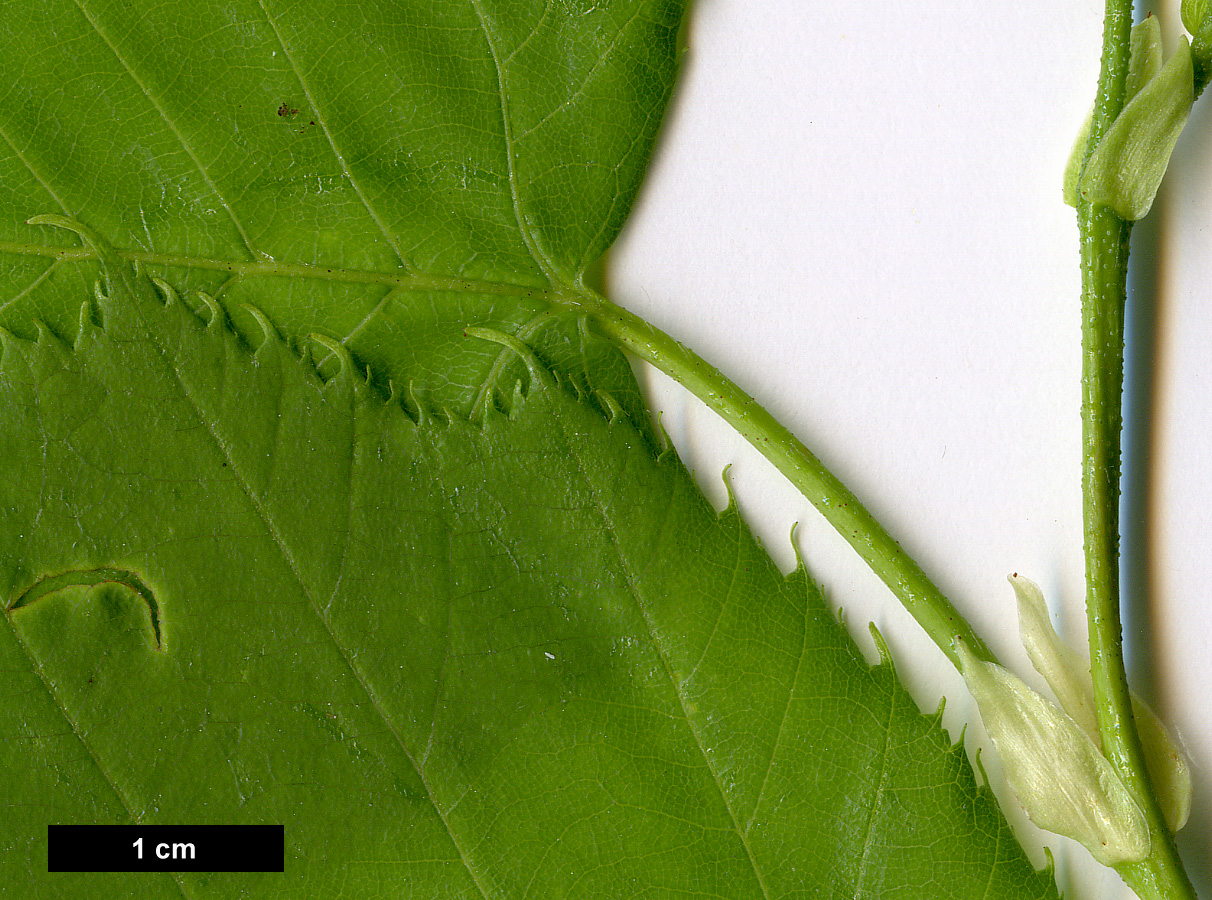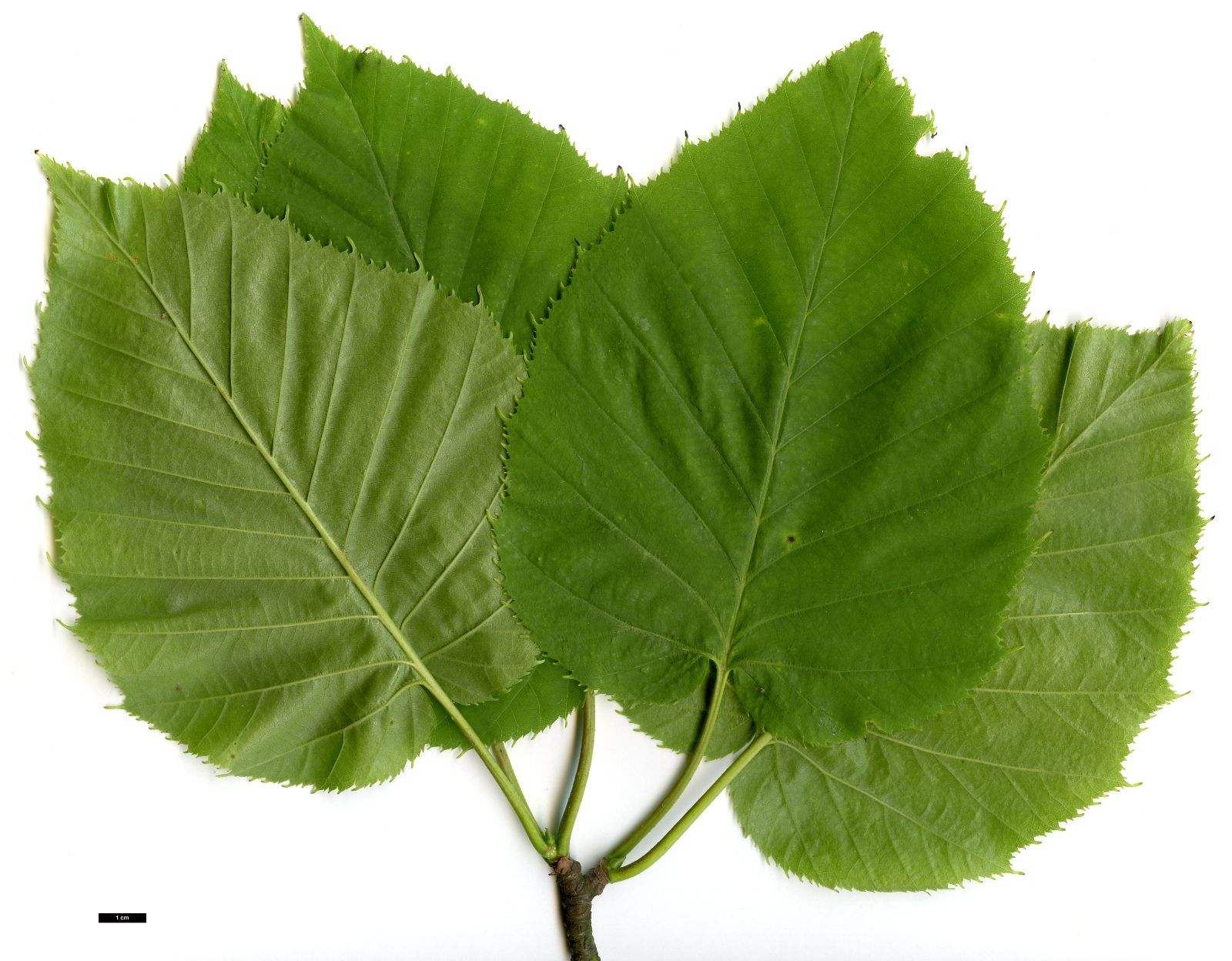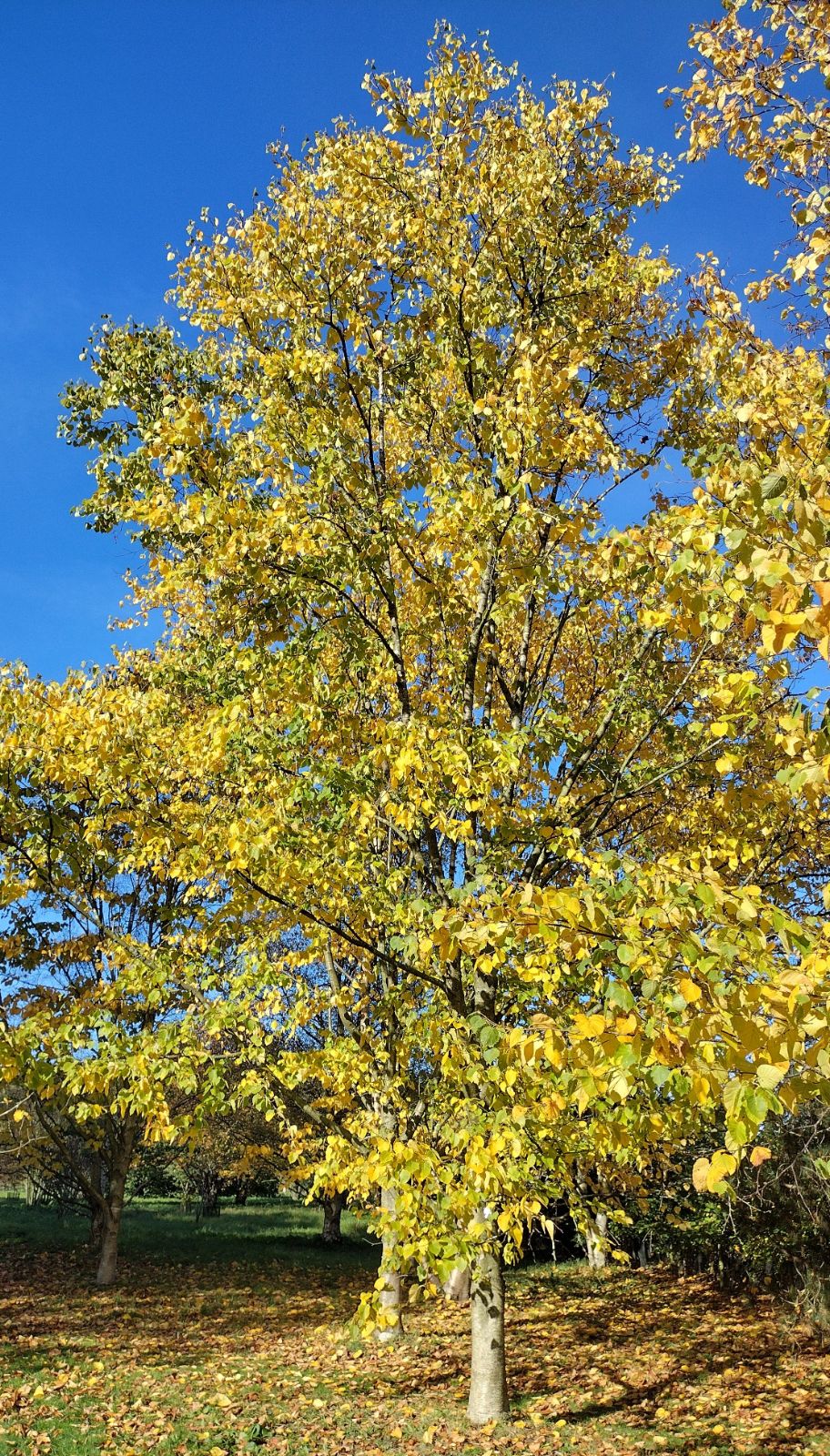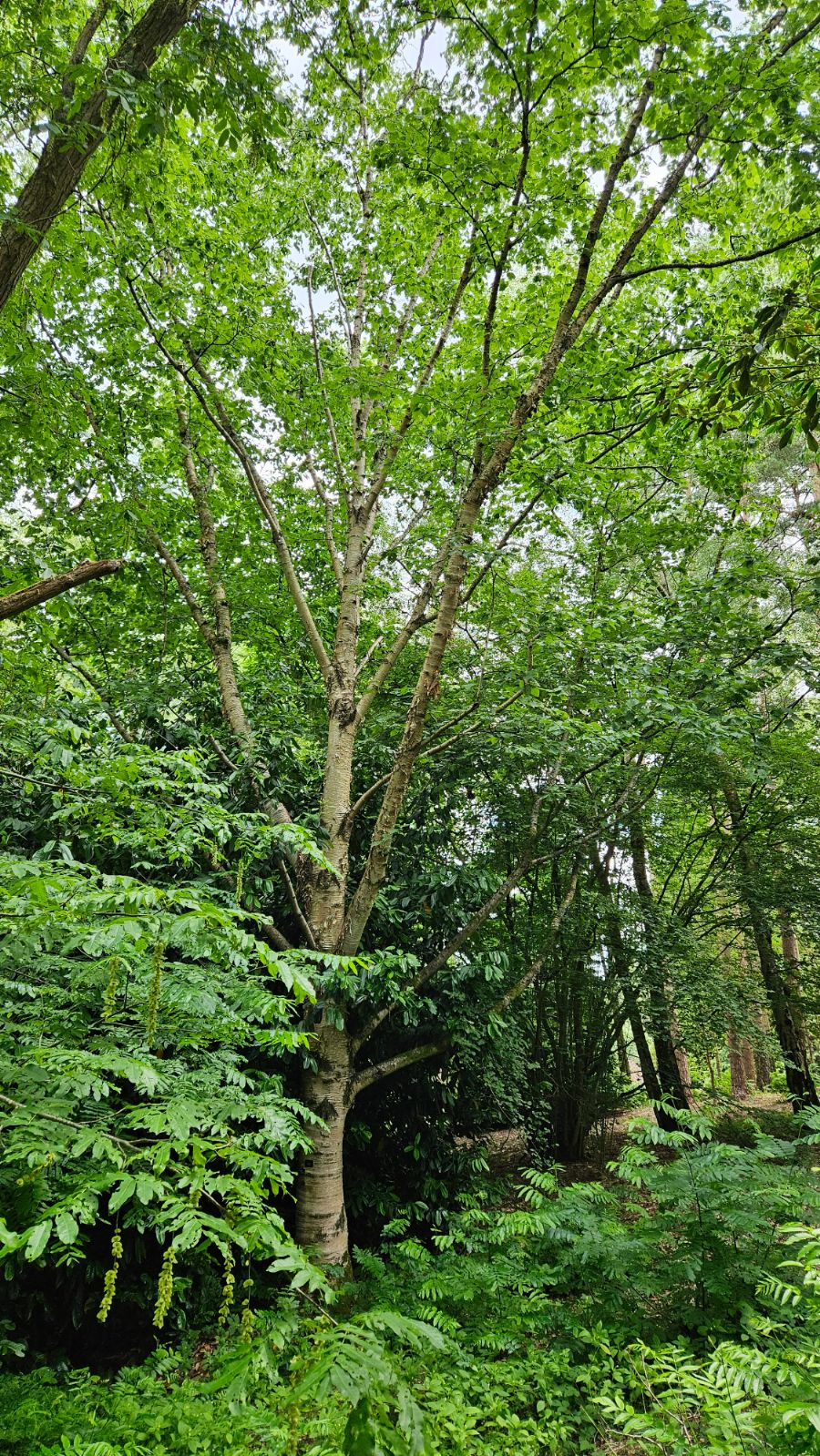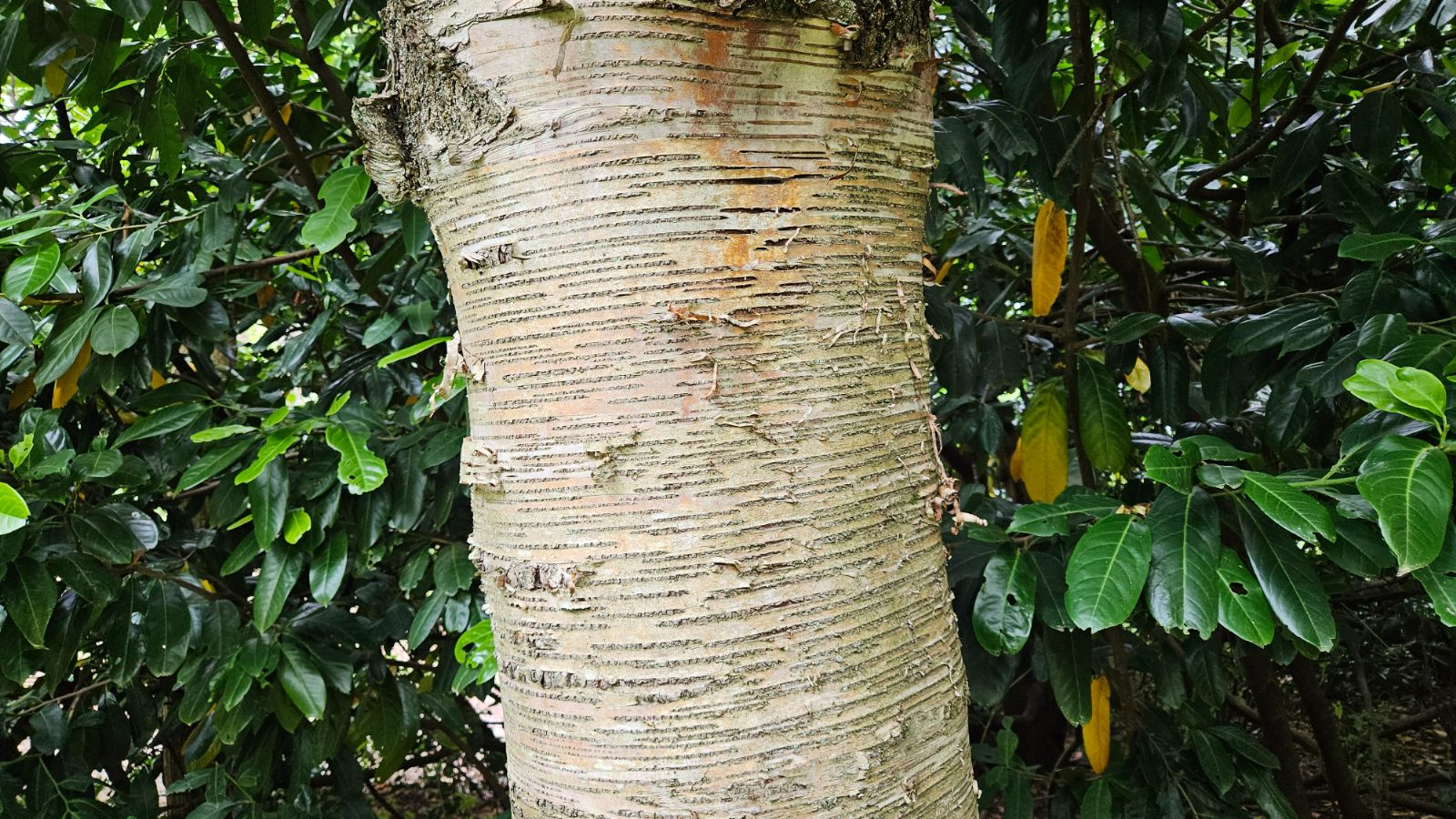Betula maximowicziana
Credits
Article from Bean's Trees and Shrubs Hardy in the British Isles
Recommended citation
'Betula maximowicziana' from the website Trees and Shrubs Online (treesandshrubsonline.
Genus
Other taxa in genus
- Betula albosinensis
- Betula alleghaniensis
- Betula × aurata
- Betula bomiensis
- Betula × caerulea
- Betula chichibuensis
- Betula chinensis
- Betula coerulea-grandis
- Betula cordifolia
- Betula corylifolia
- Betula cylindrostachya
- Betula davurica
- Betula delavayi
- Betula ermanii
- Betula forrestii
- Betula glandulosa
- Betula globispica
- Betula grossa
- Betula humilis
- Betula insignis
- Betula jacquemontii
- Betula lenta
- Betula luminifera
- Betula lutea
- Betula mandshurica
- Betula medwediewii
- Betula nana
- Betula neoalaskana
- Betula nigra
- Betula occidentalis
- Betula papyrifera
- Betula pendula
- Betula platyphylla
- Betula populifolia
- Betula potaninii
- Betula pubescens
- Betula pumila
- Betula raddeana
- Betula schmidtii
- Betula szechuanica
- Betula tianschanica
- Betula × utahensis
- Betula utilis
A tree 80 to 100 ft high; young shoots brown, warty, not downy; the bark of the older wood and trunk orange-brown, becoming ultimately grey or whitish. Leaves heart-shaped, pointed, 3 to 6 in. long, three-fourths as wide; doubly toothed, dark green, downy at first, ultimately glabrous above, downy in the vein-axils beneath; veins in ten to twelve pairs; stalks 1 to 13⁄4 in. long. Male catkins 4 or 5 in. long. Fruiting catkins 2 to 21⁄2 in. long, 1⁄3 in. wide, in racemes of two to four; scales glabrous, middle lobe longer and narrower than the side lobes. Seed-wings large. Bot. Mag., t. 8337.
Native of Japan. There were several introductions of this birch at the end of the nineteenth century: to the Arnold Arboretum in 1893 and thence to Kew; by Veitch in 1888; and by Lemoine of Nancy, who supplied the tree at Grayswood Hill, planted in 1894. This fine birch is distinguished by the leaves being larger than those of any other species. I have measured them 7 in. long by 5 in. wide. The habit of young trees is rather open, and the branching stiff. It is a quick grower, very hardy, and altogether one of the best of its kind. Very distinct in its large leaves and racemose female catkins.
Good specimens of this birch are not common, but the following have been recorded: Kew, by Brentford Gate, pl. 1895, 40 × 21⁄2 ft (1960); Westonbirt, Glos., off Mitchell Drive, 55 × 3 ft and 56 × 4 ft (1966); Leonardslee, Sussex, 58 × 3 ft (1961); Grayswood Hill, Surrey. pl. 1894, 57 × 6 ft (1964), and another about 60 ft high, six-stemmed from the base; Killerton, Devon, 60 × 5 ft (1960); Headfort, Co. Meath, Eire, 57 × 33⁄4 ft (1966).
From the Supplement (Vol. V)
The fruiting catkins of this species, besides being long and arranged racemosely on short twigs, are also pendulous when fully developed.
specimens: Windsor Great Park, 58 × 21⁄2 + 21⁄2 ft and 48 × 31⁄4 ft (1978); Frensham Hall, Haslemere, Surrey, 65 × 51⁄2 ft (1976); Grayswood Hill, Haslemere, 65 × 61⁄2 ft (1982); Heathfield, Dereham, Norfolk, 63 × 41⁄2 ft at 2 ft, forking at 4 ft (1982 – measurement by the owner, Mr T. J. Wormald); Westonbirt, Glos., 62 × 31⁄4 ft and 60 × 41⁄4 ft (1972) and, in The Waste, 50 × 33⁄4 ft (1982); Killerton, Devon, 59 × 51⁄2 ft 1980); Hergest Croft, Heref., 66 × 53⁄4 ft (1985).


